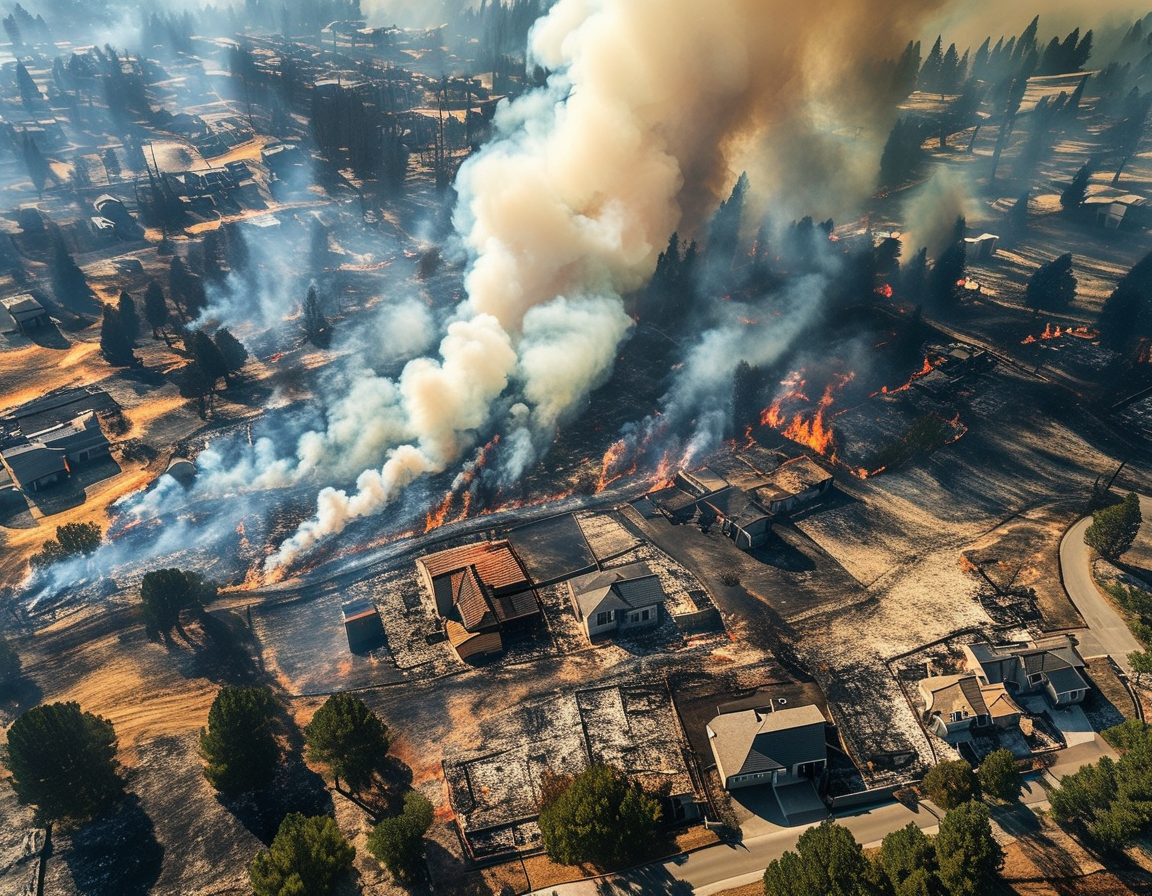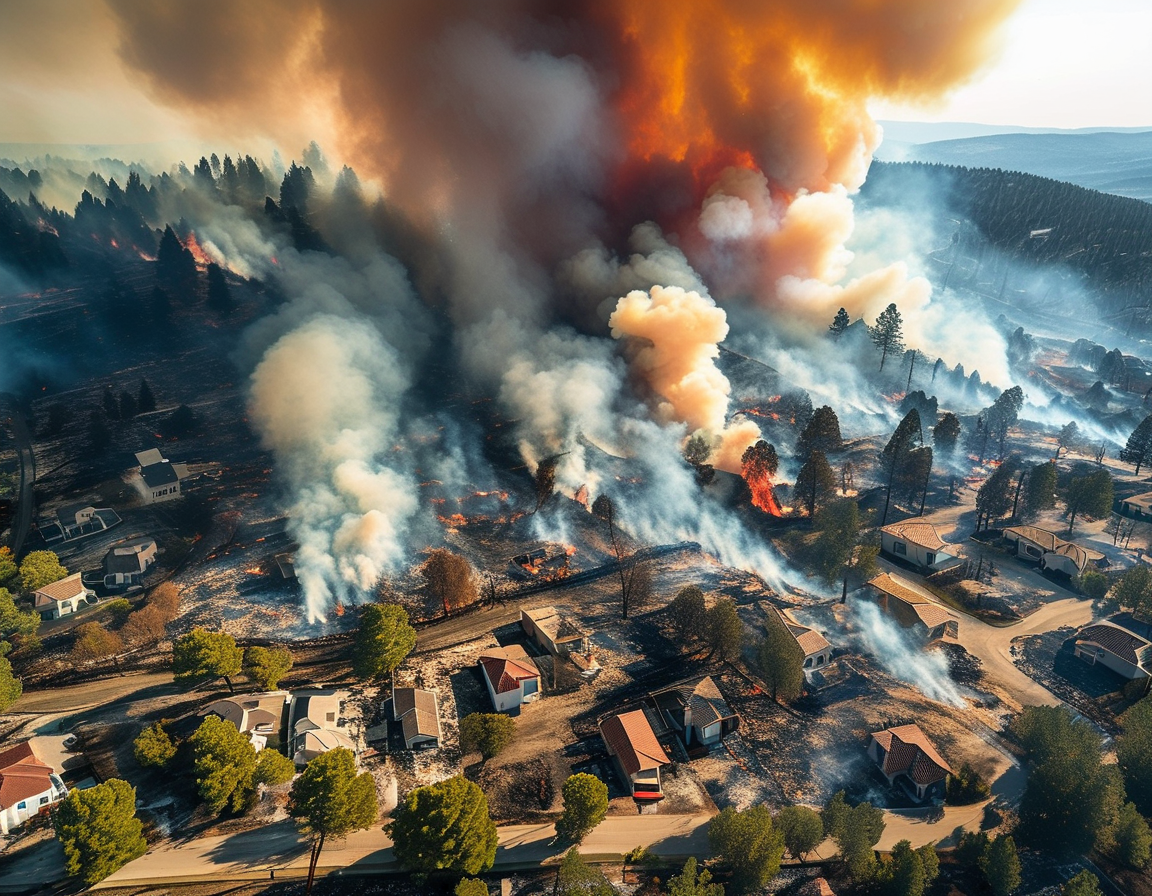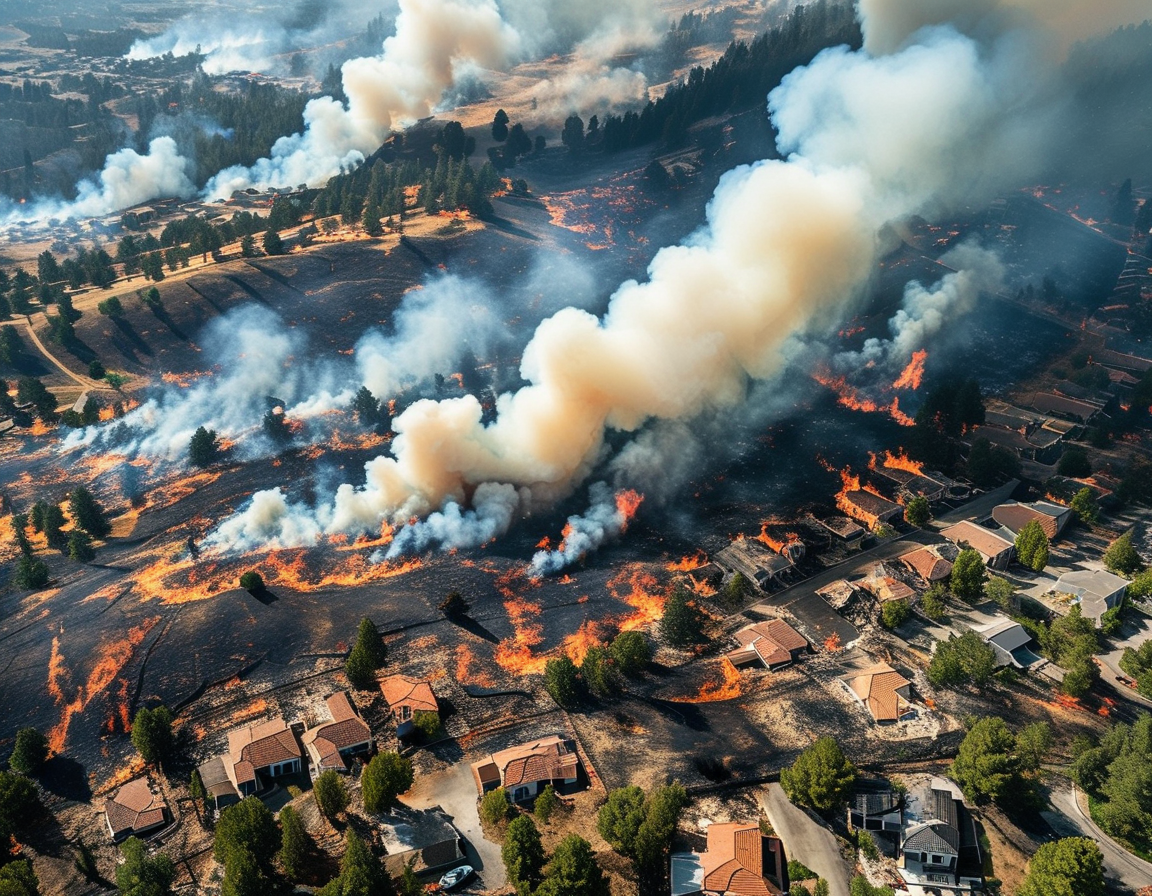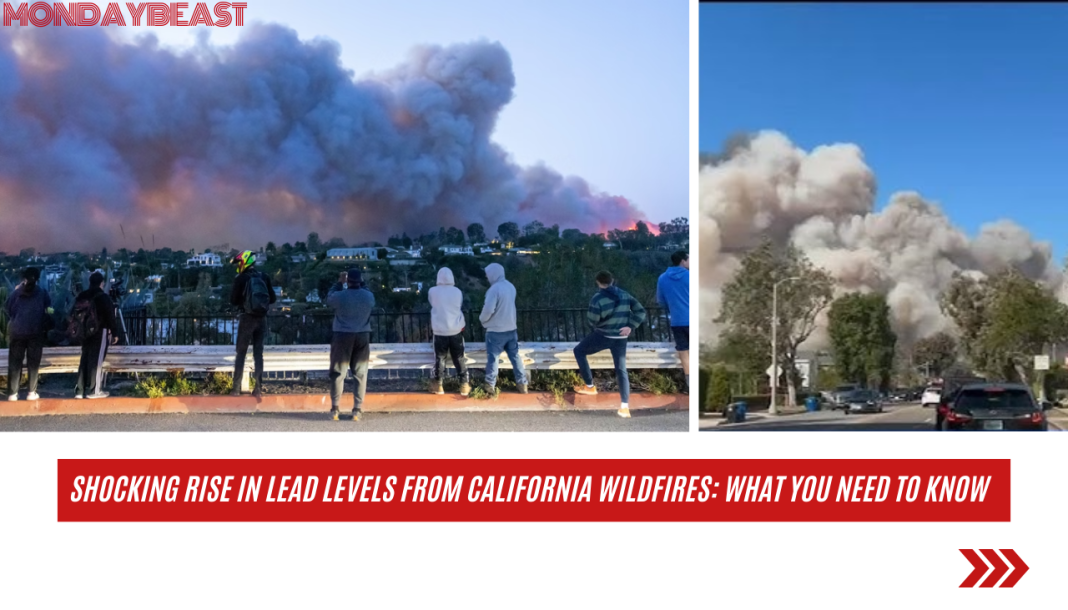During wildfires like the Eaton Canyon Fire, air quality can drop dramatically. Have you ever wondered what hidden dangers linger in the smoke? Recent findings from the Centers for Disease Control and Prevention (CDC) reveal alarming spikes in lead levels in the air. For days during the fires, lead concentrations jumped an astonishing 110 times the norm. This shocking statistic raises questions about our safety post-disaster.

The data came from a testing site just 14 miles south of the flames. This region, known for its beautiful landscapes, is also closer to homes built before 1978, when leaded paint was still common. The implications of this are significant. Houses, cars, and even electronics caught in the blaze released lead particles into the air. Could this affect those living nearby? For residents in regions like Altadena or around Will Rogers State Beach, these numbers prompt concerns.
The CDC’s use of the Atmospheric Science and Chemistry Measurement Network, or ASCENT, has helped paint a clearer picture of air safety during such times. Unlike standard wildfire environments, the Eaton and Palisades fires revealed a unique danger. With many structures containing lead-based materials, the air quality took a hit. But really, what does that mean for you and your loved ones? The short answer: it’s complicated.

Dr. Raj Dasgupta, a lung expert, explains that while chronic lead exposure is well understood, the effects of short-term exposure are still murky. High lead levels could pose a risk to the airways, especially for those with pre-existing lung conditions. For everyone else, is there a hidden toll on our health? Symptoms such as coughing, fatigue, and even dizziness can stem from this issue. Imagine stepping outside and not knowing if your lungs are paying the price.
In response to these credible threats, new measures are being set up to ensure the air remains safe. The South Coast Air Quality Management District is initiating two new testing sites. Residents near the Altadena Golf Course and Will Rogers State Beach can expect vigilant air monitoring. But will that be enough to ensure peace of mind?

Scientists are stepping up, collecting samples to assess airborne lead and other toxic metals. It’s a move that highlights our need for better monitoring of air quality post-fires. However, CDC researchers emphasize that lead levels alone don’t capture the full picture of exposure. And what about children? There’s no safe amount of lead exposure for them at any time. This reality looms over families, especially those close to burn scars.
As we wrestle with these findings, one thing is clear: vigilance is critical. If you live near these fire burn zones, stay informed. The wildfires may be over, but the implications for your health could linger on. What steps will you take to protect yourself and your family? Stay tuned, remain educated, and don’t hesitate to seek answers from medical professionals.
In the face of tremendous challenges, communities must come together. We need to learn from research and push for safety measures in our towns. This isn’t just an environmental crisis; it’s a call to action for all of us. How can we ensure safer air for everyone after disasters like these? Together, perhaps we can spark change.
This is about more than just statistics. It’s about lives. It’s about futures. It’s our responsibility to demand clarity around these issues. There’s much at stake, and every voice counts.




